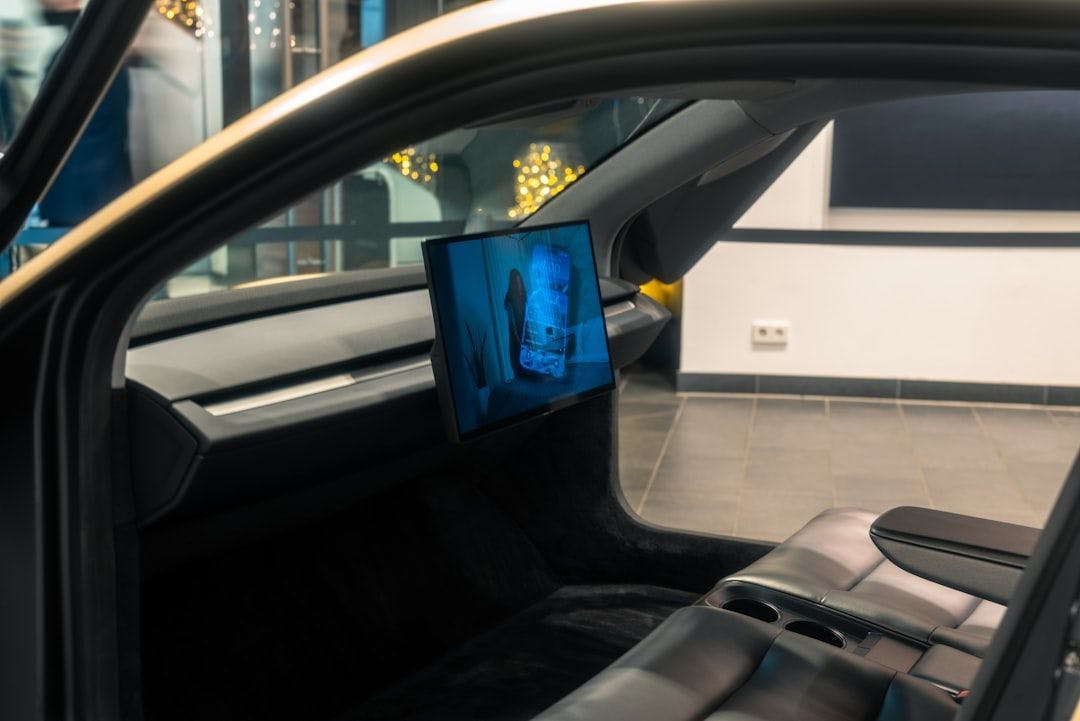HUMANS used to sleep twice every night and only recently quit the habit, a scientist says.
These days, we expect a continuous eight-hour block of rest – but it wasn’t always so.
An expert has revealed humans commonly slept in two shifts each night.
Each section of sleep would last several hours, with a gap of “wakefulness” for an hour or more separating them.
That’s according to Dr Darren Rhodes, an expert in cognitive psychology at Keele University, who says that enjoying a single block of sleep is a more recent development.
In an essay on sleep, Dr Rhodes said that this double-sleep phenomenon has been recorded across “Europe, Africa, Asia, and beyond”.
‘STRIKING’
‘Natural’ sleep aid could double risk of death and heart failure within 5 years

REST EASY
What to eat today for your deepest sleep as study hails ‘cheap and natural’ fix
And double-sleepers didn’t just lie there doing nothing.
In fact, many people used the wakefulness gap to be productive.
“The midnight interval was not dead time,” Dr Rhodes said, writing in The Conversation.
“It was noticed time, which shapes how long nights are experienced,”
“Some people would get up to tend to chores like stirring the fire or checking on animals.
“Others stayed in bed to pray or contemplate dreams they’d just had.
“Letters and diaries from pre-industrial times mention people using the quiet hours to read, write or even socialise quietly with family or neighbours.
“Many couples took advantage of this midnight wakefulness for intimacy.”
He explains that breaking up the night was especially useful in winter, when it would make long evenings “feel less continuous”.
But in modern times, the norm is to sleep in one block.
And though many of us do still wake up in the middle of the night, it’s usually seen as problematic because our sleep was interrupted.
Dr Rhodes blames societal shift on several changes over the past two centuries, including the widespread introduction artificial lighting.
“In the 1700s and 1800s, first oil lamps, then gas lighting, and eventually electric light, began turning night into more usable waking time,” Dr Rhodes said.
“Instead of going to bed shortly after sunset, people started staying up later into the evening under lamplight.”
On top of that, Dr Rhodes said that bright light at night shifted our circadian rhythm – that’s our internal clock that regulates how alert or sleepy we are.
He notes how regular “room” light before bedtime “suppresses and delays melatonin”.
And this pushes back when we’re getting to sleep.
Then there’s the small matter of the Industrial Revolution, which affected almost every aspect of life.
Dr Rhodes points out that as the way we worked shifted and businesses operated, so did how we slept.
“Factory schedules encouraged a single block of rest,” Dr Rhodes noted.
“By the early 20th century, the idea of eight uninterrupted hours had replaced the centuries-old rhythm of two sleeps.”

MUM’S NIGHTMARE
I invited partner to live with me & my son, 15, then discovered sick video

JET RIDDLE
How 224 passengers died on plane from Brit hol hotspot… as mystery ‘solved’
Several studies have shown that when people have artificial lighting removed, they move back to a two-shift sleep pattern.
So it might explain why you wake up at 3am seemingly for no reason.










